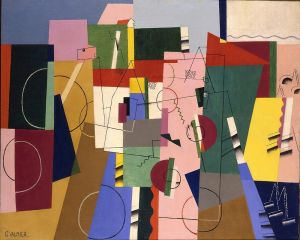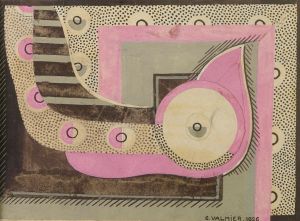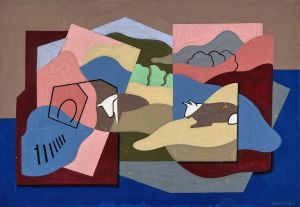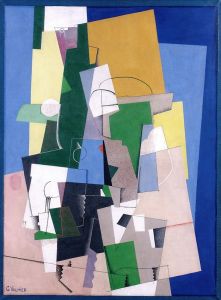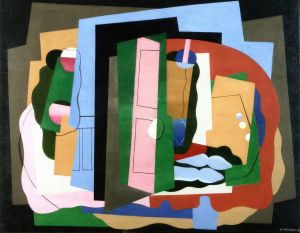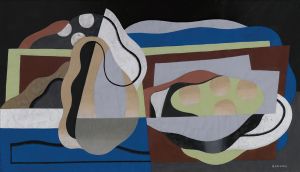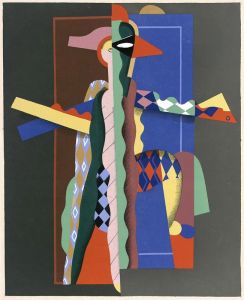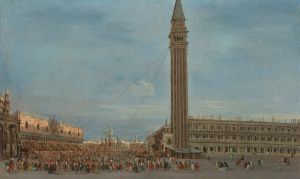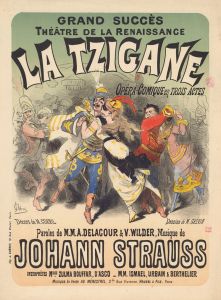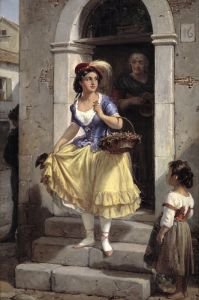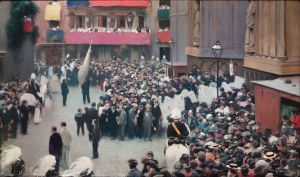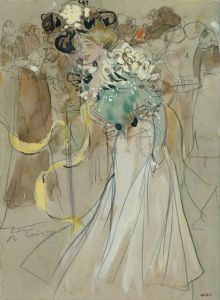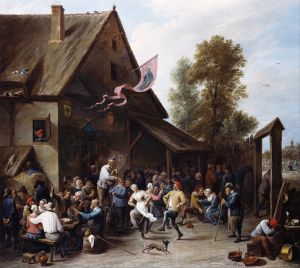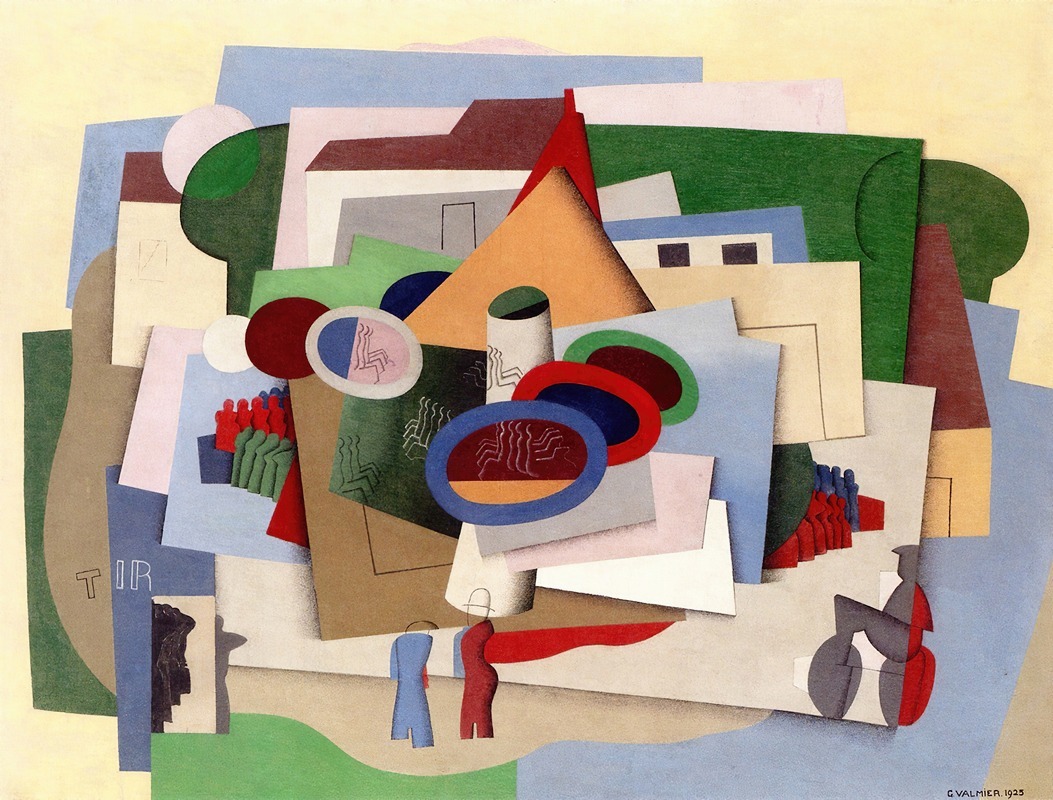
The village fun fair
A hand-painted replica of Georges Valmier’s masterpiece The village fun fair, meticulously crafted by professional artists to capture the true essence of the original. Each piece is created with museum-quality canvas and rare mineral pigments, carefully painted by experienced artists with delicate brushstrokes and rich, layered colors to perfectly recreate the texture of the original artwork. Unlike machine-printed reproductions, this hand-painted version brings the painting to life, infused with the artist’s emotions and skill in every stroke. Whether for personal collection or home decoration, it instantly elevates the artistic atmosphere of any space.
Georges Valmier (1885-1937) was a French painter known for his contributions to the Cubist movement. His work often featured vibrant colors and geometric forms, reflecting the influence of both Cubism and Orphism. One of his notable works is "The Village Fun Fair," which exemplifies his unique approach to abstract art.
"The Village Fun Fair" is a painting that captures the lively and dynamic atmosphere of a rural fair. Valmier's use of bold colors and geometric shapes creates a sense of movement and excitement, drawing the viewer into the scene. The painting is characterized by its fragmented forms and the interplay of light and shadow, which are hallmarks of Valmier's style.
Valmier's early work was influenced by the Impressionists, but he soon moved towards Cubism after being inspired by the works of Pablo Picasso and Georges Braque. By the time he painted "The Village Fun Fair," Valmier had developed a distinctive style that combined elements of Cubism with his own unique vision. His use of color was particularly innovative, often incorporating bright, contrasting hues to create a sense of depth and energy.
In "The Village Fun Fair," Valmier employs a variety of geometric shapes to depict the various elements of the fair. The composition is carefully balanced, with each shape and color contributing to the overall harmony of the piece. The painting does not aim to represent the fair in a realistic manner; instead, it captures the essence and spirit of the event through abstraction.
Valmier's work was part of a broader movement in early 20th-century art that sought to break away from traditional representational forms. Artists like Valmier were interested in exploring new ways of seeing and representing the world, and their work often reflected the rapid changes and innovations of the modern era. "The Village Fun Fair" is a testament to this spirit of experimentation and creativity.
Throughout his career, Valmier remained committed to exploring the possibilities of abstract art. His work was exhibited in various galleries and exhibitions, and he was associated with several influential art groups, including the Section d'Or and the Salon des Indépendants. Despite his relatively short career—he died at the age of 52—Valmier left a lasting impact on the world of modern art.
"The Village Fun Fair" is a prime example of Valmier's ability to convey emotion and movement through abstraction. The painting invites viewers to experience the joy and excitement of the fair, not through literal representation, but through the interplay of color, shape, and form. It is a celebration of both the subject matter and the possibilities of abstract art.
Today, Georges Valmier's work is held in various public and private collections around the world. His contributions to the development of abstract art continue to be recognized and celebrated by art historians and enthusiasts alike. "The Village Fun Fair" remains an important piece in understanding the evolution of modern art and the innovative spirit of the early 20th century.





